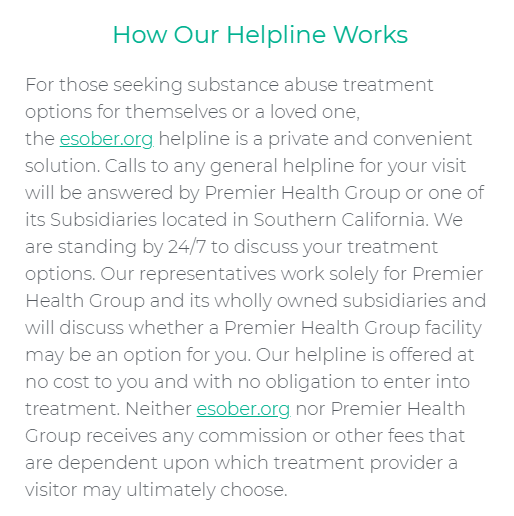The journey to sobriety is a road paved with challenges, hope, and the collective strength of shared experiences. Within the rooms of Alcoholics Anonymous (AA), people from all walks of life come together with a common goal: to achieve and maintain sobriety. Yet, among the well-known 12 steps, there’s an unofficial term that surfaces in conversations: the “13th step”. This term is not a part of the official AA program, but it has become a topic of discussion among members.
The Unofficial “13th Step”: A Closer Look
So, what does the “13th step” refer to? In the culture of recovery, this term is often used to describe the situation where more experienced members of AA may engage in relationships with newcomers who are less stable in their sobriety. This can be problematic, as it may take advantage of the vulnerability of those new to the recovery process and can potentially hinder their progress.
The Importance of Boundaries in Recovery
Setting boundaries is a fundamental aspect of any recovery program. When lines are blurred, especially in the delicate early stages of sobriety, the effects can be detrimental. The “13th step” phenomenon underscores the need for clear personal boundaries to safeguard the wellbeing of all individuals within the support group.
Learning from Each Step
Each of the traditional twelve steps in AA is designed to foster growth, self-awareness, and healing. From admitting powerlessness over alcohol to making amends, these steps form a framework for personal development and sobriety. Understanding these principles can help individuals recognize behaviors that may be harmful, such as those suggested by the concept of the “13th step”.

Combating the “13th Step” with Knowledge and Support
Education and awareness are powerful tools in combating the negative aspects of the “13th step”. Programs that emphasize the importance of autonomy and respect can empower members to protect themselves and others from these complex situations.
The Role of Sponsorship
Sponsorship is an integral part of the AA program. A sponsor is someone who has maintained sobriety and can guide newer members through the steps. A responsible sponsor will be aware of the pitfalls associated with the “13th step” and will strive to create a supportive and non-exploitative relationship.
Beyond the Steps: Holistic Recovery
Recovery is not just about abstaining from substances; it’s about rebuilding a life. It’s about learning to navigate the complexities of emotions, relationships, and self-identity without the crutch of alcohol. Holistic approaches to recovery, which may include therapy, meditation, and alternative support groups, can offer additional layers of support beyond the traditional steps.
The Power of Community in Healing
The strength of AA lies in its community—a group of individuals who are all striving towards the same goal. It is the collective power of these individuals, sharing their strength and hope, that can overshadow and address the challenges associated with the “13th step”.
The Road Ahead: Staying the Course
Recovery is a lifelong journey with no shortcuts. It requires diligence, honesty, and sometimes, the humility to start again. While the “13th step” is not an official part of the AA program, acknowledging its existence and understanding its implications can help protect the integrity of the recovery journey.
Seeking Help: Resources and Support
For more information on the risks associated with substance use and recovery, the National Institute on Alcohol Abuse and Alcoholism (NIAAA) offers resources and research that can offer guidance.
Conclusion: Final Thoughts
The road to recovery is unique for everyone. Whether you’re taking the first step or the hundredth, remember that the destination is a place of health, peace, and fulfillment. Keep walking forward, and never hesitate to reach out for the support that can guide you along the way.




